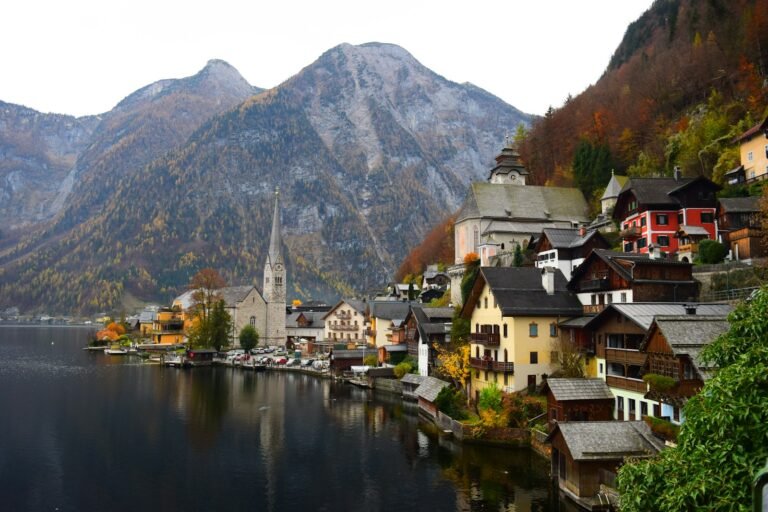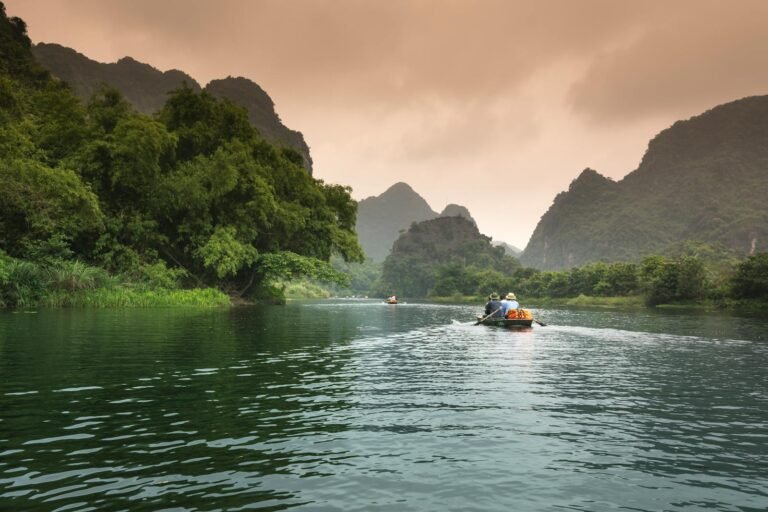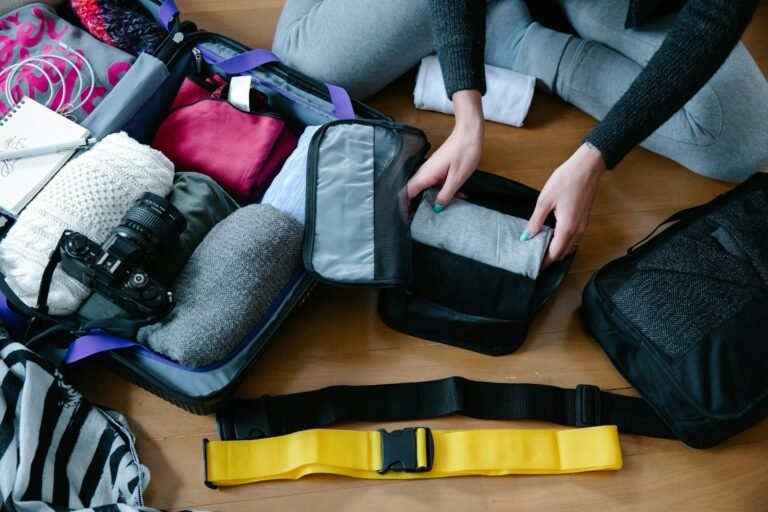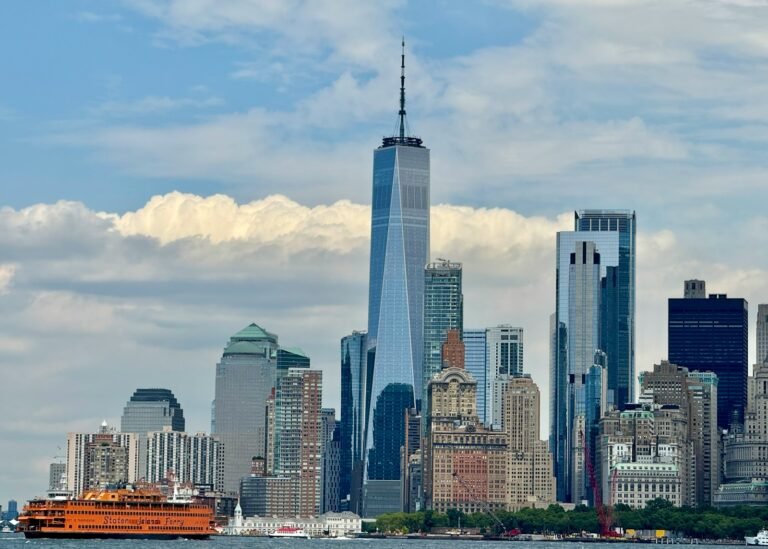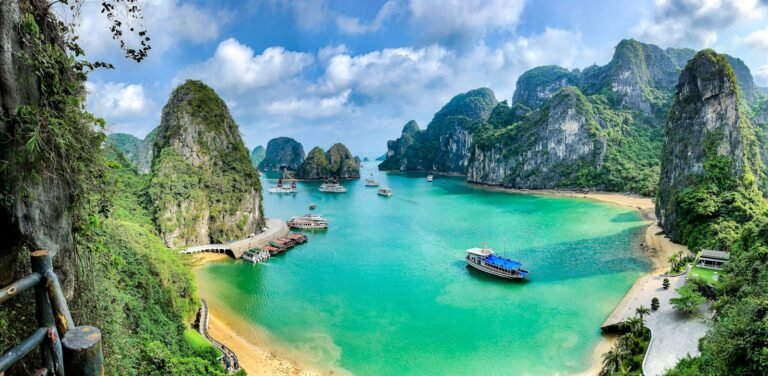In peak summer, northern Patagonia can be hot, while the far south deals with rain and strong winds. I’ve traveled both in Chile and Argentina. The best time to visit depends on the weather, not just the date.
Summer in the U.S. is December to February, perfect for hiking with lots of daylight. Shoulder months, from September to November and March to April, offer fewer crowds and beautiful landscapes. Winter, from May to August, is great for skiing but many parks close.
The weather in Patagonia is unpredictable. You might experience all four seasons in one day, even in summer. Always pack layers that can withstand wind and rain. For penguin sightings, visit from October to April.
For better road trips and trekking, go from November to March. But, January and February are busy and expensive, mainly around popular spots. For a more relaxed visit, aim for mid-November to mid-December or March to early April.
For more planning tips, check out this guide to Patagonia’s seasons. It helps you plan the best time to visit Patagonia south america and choose your route wisely.
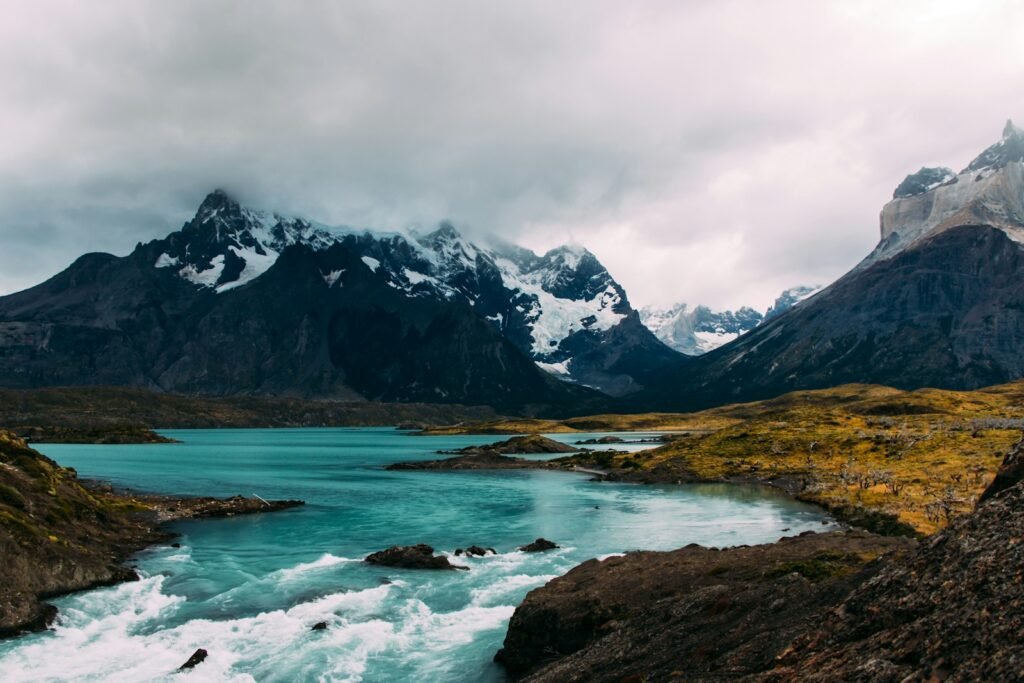
Overview: Seasons, Regions, and How Weather Shapes Your Trip
I plan every Patagonia trip around daylight, wind, and region. The best time to travel to Patagonia often spans November to March for long days. But timing shifts by coast, steppe, and the far south. I use this quick overview to match my route, budget, and gear to the weather I’m most likely to face.
Patagonia at a glance: Chile vs Argentina, north vs south
Chile’s Pacific side is wetter, with fjords and lush valleys. Argentina’s inland steppe is drier, wind-swept, and wide open. In the north, places like Península Valdés can feel hot in midsummer, while Tierra del Fuego may see sleet even in January.
If you’re weighing the best time to visit Patagonia Chile and the best time to visit Patagonia Argentina, think in zones. Coasts are milder and wetter; interior and highlands are chillier. I treat the best time to travel to Patagonia Chile and the best time to travel to Patagonia Argentina as overlapping windows, then adjust by local microclimate. For deeper seasonal context, I check this Patagonia climate and seasons guide before I book.
Why weather is unpredictable: wind, microclimates, and four seasons in a day
Patagonia is famous for fierce westerlies. A sunny morning can flip to sleet by lunch, then back to blue skies at dusk. Valleys, glaciers, and rain shadows carve up microclimates that shift fast.
Because of this, I accept “four seasons in a day” as normal. Even in the best time to travel to Patagonia, gusts can roar, temps can dive, and squalls can pass in minutes. Spring brings stronger winds; winter has calmer air but harder logistics.
Packing essentials year-round: windproof, waterproof, and layered clothing
My non-negotiables never change, no matter the month or region.
- Windproof shell and truly waterproof rain jacket.
- Insulating mid-layer (fleece or light down) and quick-dry base layers.
- Warm hat, buff, and gloves; night frosts are possible even in summer.
- Sturdy hiking shoes with good grip; breathable socks.
- Sunscreen and sunglasses—UV can be strong on clear days.
Packing this kit lets me chase the best time to travel to Patagonia while staying flexible. It also helps when splitting a trip between the best time to visit Patagonia Chile and the best time to visit Patagonia Argentina, as conditions can change over a single border crossing. I keep plans loose, watch local forecasts, and enjoy the ride!
Summer in Patagonia (December–February): Long Days, Peak Hiking, Penguins
I chase summer here for big-mile days, clear views, and wildlife thrills. Expect long daylight, lively towns, and the famous wind that can test any hiker. I pack layers and book early because the best refugios and buses vanish fast!
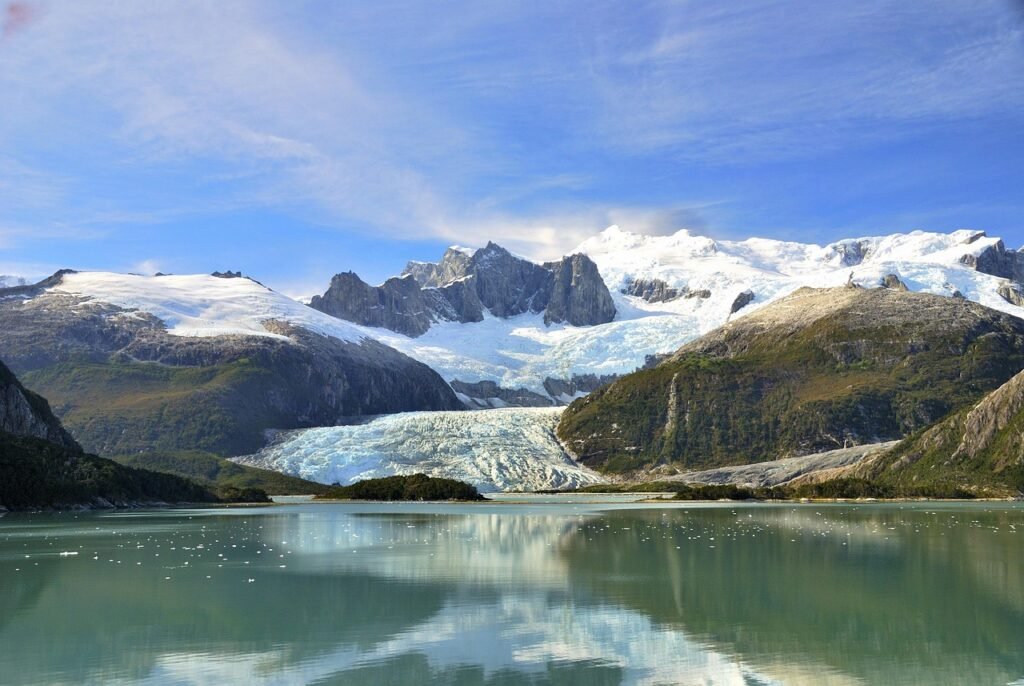
Patagonia in December: longest daylight, reopening parks, penguin chicks hatching
With the longest days of the year, I start early and finish late on trails in Torres del Paine and Los Glaciares. patagonia weather december feels warm by midday, yet nights can bite if you camp high. I check patagonia temperature in december and plan for chilly dawns and sudden gusts.
Wildlife steals the show now. Penguin chicks begin hatching at Punta Tombo and Isla Magdalena, and boat trips book out fast. For trip intel and seasonal tips, I lean on this trusted guide: best time to visit Patagonia.
Patagonia in January: warmest temps, peak crowds, prime hiking and rafting
January brings the balmiest stretch and the longest trail windows. patagonia weather january often means steady sun with surprise squalls in the far south. I track patagonia temperature january before committing to big routes like the O Circuit and day hikes to Laguna de los Tres.
It’s also the busiest month. Whitewater rafting in Futaleufú is world-class, and campsites fill during Chile and Argentina’s summer holidays. Prices can jump hard, so I lock in buses and hostels months ahead.
Patagonia in February: festivals, reliable trails, penguin-spotting
February keeps the momentum with stable tread and party energy. I time trips around the Asado de Porvenir in Tierra del Fuego, Cochrane’s culture fest, and bouldering meets in El Chaltén. Along the coast, penguins are easy to spot, and day hikes stay rewarding.
I watch patagonia temperature in february in both north and south zones, as heat can build on the steppe while showers sweep the channels. Trails are busy but a touch calmer than January.
Price and availability: book months ahead for Torres del Paine, El Chaltén, El Calafate
For January and February, I treat bookings like permits. Refugios in Torres del Paine, lodges in El Chaltén, and hotels in El Calafate often sell out. Expect rates up to 50% higher than shoulder months and limited last-minute deals.
- Reserve camps, buses, and key tours early.
- Check patagonia weather december and patagonia temperature in december if you want long light with fewer peak crowds.
- Monitor patagonia weather january and patagonia temperature january for trail timing.
- Track patagonia temperature in february to fine-tune festival days and coastal wildlife trips.
Shoulder Seasons (September–November and March–April): Fewer Crowds, Iconic Colors
I plan my Patagonia trips for the shoulder months. This is when trails are less crowded, prices are lower, and the light is stunning. It’s the best time to visit Patagonia without the rush of peak season.
Spring (September–November): wildflowers, strong winds, reopening trails
By September, daylight gets longer and the steppe blooms with lupines and calafate. But, the winds can be fierce. I always carry a strong windproof shell and stay flexible with my plans.
In October, most parks start to reopen. Even in November, valley trails in places like Torres del Paine and El Chaltén are great for day hikes.
Patagonia weather November–December: rising temps, less crowded mid-November to mid-December
November’s weather in Patagonia gets milder, with cooler nights. From mid-November to mid-December, I find fewer people on the trails and in hostels. It’s a quieter time before the holiday rush.
This period is perfect for those who want to explore without the crowds. It’s the best month to visit Patagonia for value and active adventures.
Fall (March–April): red-gold foliage, calmer winds, great wildlife sightings
Autumn turns the landscape to red and gold. The winds calm down, and lake reflections become sharper. Guanacos often graze near the road, making for great stops.
Guided trips are easier to find, and campsites are peaceful. I make time for side valleys where lenga forests glow at sunset.
Patagonia weather March: cooler nights, easier bookings, stunning sunsets
In March, nights get cooler, skies clear, and booking spots becomes easier. I always carry a warm beanie and a lightweight puffy for camping.
Sunsets in March are long and vivid. They’re perfect for ridge walks and shoreline photos.
Best month to visit for photographers: March, April, and November
March, April, and November are the top months for photographers. The light is soft, the weather is steady, and there are fewer people around. It’s a time when patience is rewarded.
November is great for wildflowers and warmth. Then, return in fall for the crisp glow of March and April’s fiery forests. The best month to visit Patagonia might just be the one that matches your photography style and pace.
Winter and Off-Season (May–August): Quiet Parks, Skiing, and Wildlife
I love Patagonia in winter for its quiet and vast skies. It’s not for everyone, but it’s great for those who want space and lower costs. Roads are less crowded, and the winds are calmer. With the right planning, winter in Patagonia can be magical.
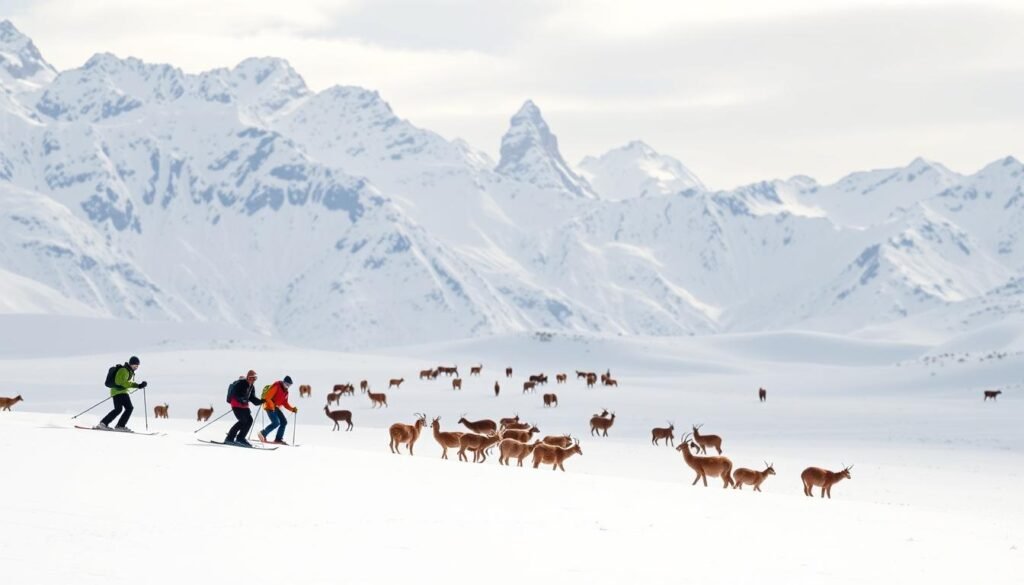
Where winter works: Ushuaia, Esquel, Punta Arenas ski scenes
When it snows, I head south. Cerro Castor near Ushuaia has long, steady pistes. La Hoya by Esquel and Club Andino in Punta Arenas are also great. Río Turbio offers friendly slopes and short lines, perfect for skiing.
Closures to expect: many southern parks and lodges shut, tough logistics
Services thin out quickly. Torres del Paine and Isla Magdalena close some tours. Lodges, campgrounds, and diners shut down, mainly in the south. Buses run less, so plan ahead. I approach each journey like an adventure, simple and flexible.
Clear skies, less wind: pros and cons for experienced trekkers
Winter brings clear days and softer winds. This is great for photos and navigation. But trails ice over, and nights get cold. I wear warm layers, use microspikes or snowshoes, and carry a good GPS. For experienced hikers, winter offers clear views and empty valleys.
Wildlife highlights: better puma odds; whale season begins late winter at Península Valdés
Winter changes the wildlife scene. I’ve seen guanacos up close and puma tracks in valleys. By late August, whales appear at Península Valdés. If you plan right, you can see wildlife without the crowds.
Culture also shines in the dark. Ushuaia and Punta Arenas celebrate the Longest Night with parades, fireworks, and ski events. These moments show why Patagonia’s best time is the one that fits your style and budget.
best time to visit patagonia
I plan my trips to Patagonia with daylight and wind in mind. Long days let me explore more, and calm winds make trails safer. I also look for less crowded times to save money without missing out.
Overall best: November to March for warmth and long days
November to March is my go-to for easy travel. Trails are reliable, buses run often, and campsites are staffed. It’s a great time for beginners, with plenty of daylight and mild weather.
Less-crowded sweet spots: mid-November to mid-December, March to mid-April
For fewer people and better deals, I choose late spring or early fall. Mid-November to mid-December offers bright mornings and fewer crowds. March to mid-April has softer light and calmer winds, with lots of daylight.
Activity-based picks: best time to hike Patagonia, kayak, raft, ski, and see penguins
- Hiking: December to February is best for stable trails and long days. March is great for crisp views. Early fall has lighter winds.
- Water sports: Kayaking and rafting are best in mid-summer. Mornings are safest.
- Skiing: June to August is good for skiing in Ushuaia, Esquel, and near Punta Arenas. Days are shorter but snow is good.
- Penguins: October to April is the best time to see penguins. Early summer has chicks, and colonies are lively.
Regional nuance: wetter coasts, arid inland steppe, colder far south
Coastal Chile is wetter and milder, so I always carry a rain shell. The Argentine steppe is dry and windy, so I wear eye protection and layers. In the far south, it can get cold at night, even in summer, so I bring a warm beanie.
Chile vs Argentina timing: best time to travel to Patagonia Chile and Argentina
In Chile, I avoid January and February to get easier permits in Torres del Paine. November and March are also good for smoother bookings.
In Argentina, March or November is best for El Chaltén and El Calafate. These months offer clear days and easier room options.
I plan my route from east to west to avoid storms and catch the best weather. This simple approach saves time and keeps my budget in check.
Patagonia Weather by Month: Temperatures, Daylight, and Conditions
I plan my trips around the weather in Patagonia because the daylight and wind change a lot. Summer can be mild in one valley but cold in another. I always pack layers, a windproof jacket, and a warm hat, even when the weather looks good.
Patagonia temperature in December and January: warm days, cold nights possible
December and January have the longest days and the most time for hiking. I’ve hiked in t-shirts at noon and then put on a puffy jacket at sunset. Expect warm afternoons on the steppe and cool evenings near glaciers.
- Typical daytime highs: mid-50s to mid-60s °F in many hubs like El Calafate and Puerto Natales.
- Night lows can dip near freezing at altitude or in exposed camps.
- patagonia weather january and patagonia weather december often mean strong UV, so sunscreen is a must.
- Watch for patagonia temperature january and patagonia temperature in december swings within a single day.
Tierra del Fuego snapshot: frosts even in summer; winter freezing and closures
In Ushuaia and across Tierra del Fuego, I’ve woken to summer frost on my tent. The wind from the Beagle Channel is very strong. From May to August, it’s very cold and some trails and services are closed.
- Summer: chilly mornings, damp squalls, and sudden gusts.
- Winter: ice on roads, limited buses, and shortened opening hours.
- Bring waterproof layers year-round; gloves help with shock winds.
Monthly highlights: January festivals, March foliage, October wildflowers
January is lively in towns like Puerto Natales, Río Mayo, Puerto Ibáñez, and Punta Arenas. February stays busy, then March slows down—perfect for seeing colors and quieter paths.
- October: wildflowers and blustery but quiet trails.
- January: peak events and long light for road trips.
- February: steady trail conditions and reliable patagonia temperature in february for hiking; track patagonia february weather if you camp.
- March: red-gold hillsides and easier bookings; I often check patagonia weather march before committing to alpine routes.
Practical expectations: winds in spring, rain in the south, heat in the north
Spring is windy, so I wear my hood and keep my camp dry. The south is wetter than the steppe, and the north can get very hot in midsummer.
- Wind peaks September to November; poles help on ridgelines.
- Southern zones near Tierra del Fuego see more rain; stash a dry bag.
- Northern areas like Península Valdés can feel hot in midseason sun.
- From March through October, temperatures slide and nights bite—stoves and warm sleep gear pay off.
Trip Planning Tips: Crowds, Costs, and Route Ideas
I start by booking the big things first. This includes campsites in Torres del Paine and trailhead stays in El Chaltén. Also, icefield tours in El Calafate sell out quickly. Prices can jump up to 50% in January and February, and transport options fill up weeks in advance.
For a budget-friendly trip, book transport early and be flexible with your dates. This way, you can avoid high costs and crowded places.
My favorite time to visit is the shoulder season. This is from mid-November to mid-December and March to mid-April. It offers good weather, fewer crowds, and better prices. It’s perfect for hikers who want to enjoy the outdoors without the rush.
I also plan for extra days due to wind in spring and rain in the south. This flexibility helps me adjust my plans if the weather changes.
For getting around, I mix buses with short car rentals. This saves money and opens up more routes. In winter, bus services are less frequent, so I plan extra time and check schedules often.
Chile focus route: Start in Puerto Natales for Torres del Paine. Then head to Punta Arenas for Isla Magdalena penguins. The Carretera Austral offers quiet spots and fly-fishing in late October. This route is great for avoiding crowds.
Argentina focus route: El Calafate is perfect for the Perito Moreno Glacier. El Chaltén is great for Fitz Roy day hikes. Don’t miss Península Valdés for whales and penguins. This route offers a mix of wildlife, glaciers, and trails.
Plan your activities for the best time. Rafting in Futaleufú is best in January and February. Photography is great in March and April, and November. Skiers should aim for June to August in Ushuaia, Esquel, and Punta Arenas. Always pack layers for unpredictable weather.
I match my trip goals with the best time to visit. Summer is best for long days and full services. Shoulder months offer lower prices and fewer crowds. If I’m unsure, I choose based on a key activity and plan around it.
For another great read, don’t miss our post covering the best time to travel to South America.
The Bottom Line
After exploring Patagonia in every season, I’ve found the best time to visit. November through March offers long days, open trails, and easy access to famous hikes. Mid-November to mid-December or March to April is great for fewer crowds and better prices.
These months have beautiful foliage, stunning sunsets, and good trail conditions. Make sure to pack layers, as the weather can change quickly.
Winter is perfect for snow lovers and those seeking quiet trails. June to August is best for Ushuaia, Esquel, and Punta Arenas. But, many places close during this time.
Penguins are around from October to April, and whales from late winter at Península Valdés. Book your stay and travel plans early, as January and February are busy.
The best time for most visitors is late spring to early fall. Shoulder weeks offer good prices and weather. For wildlife, visit in early summer for penguins and late winter for whales.
March and April are the best for scenery, with valleys in red-gold hues. Be prepared and flexible, and you’ll see why Patagonia is a treasure for travelers.

